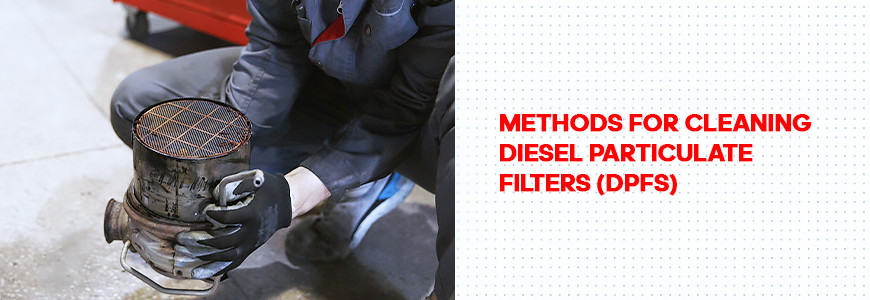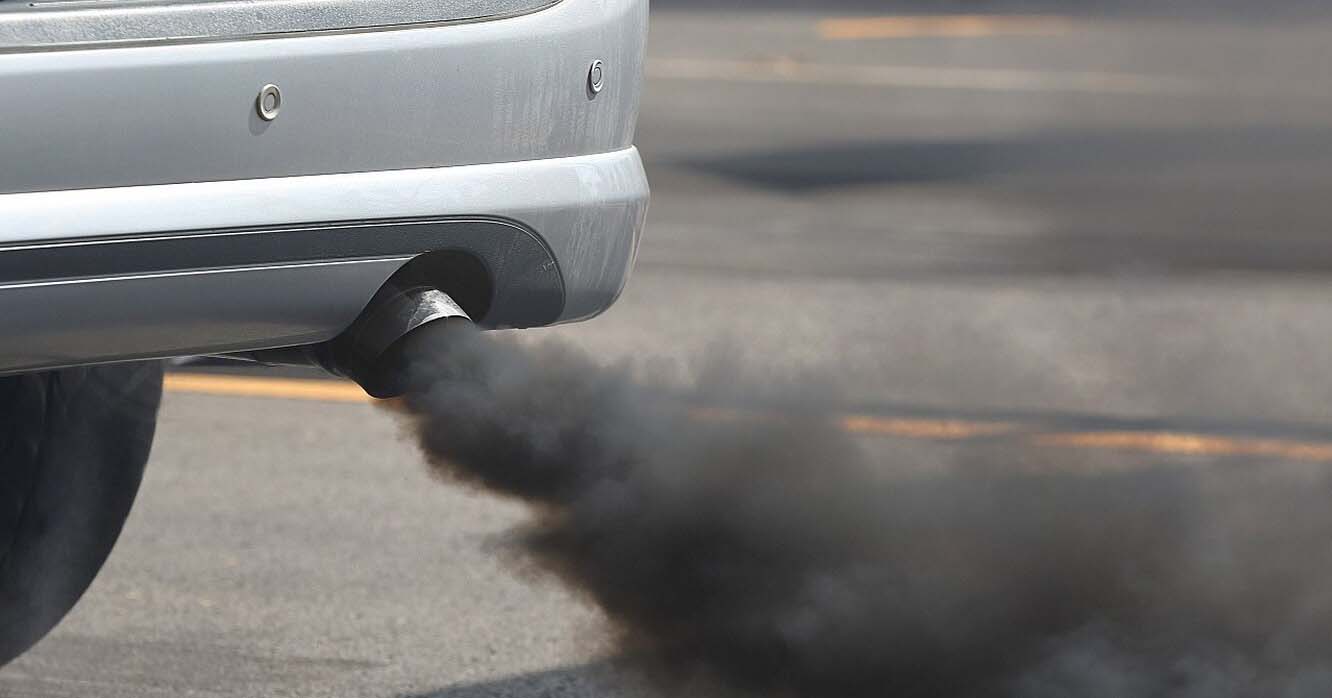Diesel Particulate Filter (DPF) Cleaning Methods and their Use in MS900

Diesel particulate filters (DPF) play a crucial role in reducing harmful emissions from diesel engines. Over time, these filters become clogged with soot and ash, resulting in adverse effects on engine and vehicle performance. If your vehicle is used for commercial purposes, a clogged particulate filter can significantly increase your operating costs. Regular particulate filter cleaning and maintenance is essential to ensure optimal engine performance and emissions compliance.

What are some methods for cleaning diesel particulate filters (DPF)?
Thermal
One of the most common methods of cleaning particulate filters is thermal regeneration. During thermal regeneration, accumulated soot is incinerated by raising the filter temperature to the point where the soot particles oxidise and turn into ash. This cleaning method is incorporated into the workflow of modern diesel engines. The engine control unit switches on the injection of additional fuel into the exhaust system under certain driving conditions. This leads to an increase in the temperature of the exhaust gases, thus provoking active oxidation of soot. There are also stationary installations in which soot combustion takes place.
The main disadvantage of this method – impossibility to remove ash from the filter, so in stationary installations it is used as one of the stages of cleaning.
Chemical
Chemical particulate filter cleaning — is the most common and quite effective method of removing soot and other contaminants. It involves the use of specialised cleaning agents that break down and dissolve accumulated particles. The cleaning agent, depending on its composition, can be applied in two ways:
- In the first method, the product is introduced into the filter without dismantling it from the car. The product is sprayed into the filter through the opening of the pressure sensor. After that, the regeneration mode of the particulate filter is started on the car.
- In the second method, the particulate filter is removed from the car and the cleaning agent is poured into it. After some waiting time, the cleaning compound is drained from the filter and then the filter is washed with water. In this way the chemically weakened soot and ash is easily washed out of the filter.
This method, although effective, has one major disadvantage – the use of highly active chemistry. As a result, on the one hand, we clean the particulate filter to protect the environment from harmful car exhausts. On the other hand, we pour chemically active and dangerous substances down the drain or burn them in the car exhaust. In a word – a strange way of taking care of the environment.
.jpg)
Pneumatic
Pneumatic cleaning, also known as compressed air cleaning, uses high-pressure air discharges to dislodge and remove trapped particles from the filter. The sudden release of high-pressure air creates turbulence inside the filter, displacing soot and pushing it outward. This method is not used on its own, but is often combined with other methods to achieve better cleaning results.
Ultrasonic
Ultrasonic cleaning — is a method that uses ultrasonic waves to agitate the cleaning solution and remove accumulated soot from the filter. To clean, the particulate filter is immersed in a tank filled with a special cleaning fluid or water. Ultrasonic transducers then generate high-frequency sound waves that create tiny bubbles in the liquid. These bubbles explode near the walls and cavities of the filter, creating microscopic pressure waves that dislodge and remove trapped particles.
While this method is undoubtedly effective, ultrasonic cleaning equipment is very expensive. Also such equipment may not be suitable for all types of particulate filters, for example, only for passenger cars.
Hydraulic
This cleaning method uses water to flush accumulated soot and ash out of the filter. By connecting the particulate filter to a water source and applying pressurised water, we force the solids out of the filter. This method, like the pneumatic method, is used in combination with other methods, most often chemical.
Which method is used in the MS900?
We have used a combined hydro-pneumatic cleaning method in the MS900 particle filter cleaning stand. This ensures high quality particulate filter cleaning, low production costs and absolute safety for the environment.







